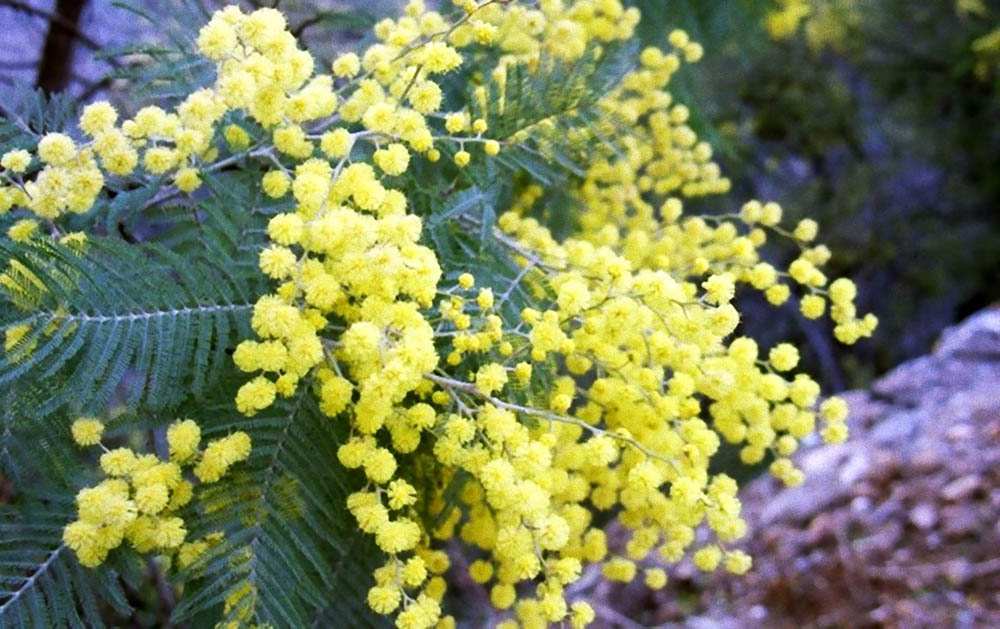By the end of September, the Institute for the Conservation of Nature and Forests (ICNF) is expected to approve a program to control and eradicate invasive woody exotic species, also proposing measures to restore ecosystems.
The information on the approval of the “National Action Program to Combat Invasive Woody Exotic Species” comes in connection with the National Day for Nature Conservation, which is being celebrated today.
The Program, explains the ICNF in a statement, identifies the species and quantifies the areas where they exist in the National System of Classified Areas, Forest Perimeters and National Forests. Among the woody invasive exotic species, there are the various species of acacias, including the mimosas.
In addition to control/eradication, the Program proposes support for ecosystem restoration measures, “through various types of interventions, contributing to the elimination of the regeneration capacity of targeted invasive species, through the restoration of local ecological characteristics, prior to the invasion ”.
This is a first step towards a comprehensive record of all Invasive Exotic Species (EEI) in these spaces, whether flora or fauna.
According to the ICNF, IAS represent a serious threat to biodiversity, food security, health and livelihoods of human populations, causing negative environmental and economic impacts.
With regard to the National Day for Nature Conservation, with a focus on restoring ecosystems and controlling invasive alien species, the ICNF recalls that on the 14th, the “Action Plan for priority routes for the unintentional introduction of invasive alien species in mainland Portugal”, whose lack was pointed out by the European Commission in the presentation of an action against Portugal, which was withdrawn in the meantime.
The institute has drawn up specific plans for the EEI, namely for the Pampas Grass (Cortaderia), the Bloodworm, the Catfish, the Zebra Mussel, the African Elodea, and the European Perch, which join crayfish, prickly pear and Japanese oyster.
According to the same statement, IAS represent a serious threat to biodiversity, food security, health and livelihoods of human populations, causing negative environmental and economic impacts.
Also in a statement, the environmentalist association Quercus points out that the National Day for Nature Conservation takes place while the northern hemisphere reaches record temperatures and the effects of bad choices in environmental matters are beginning to be felt.
Remembering the UN warnings of the need to restore degraded land, in an area equivalent to the size of China, and to save the oceans, Quercus calls for this work to start now and, says that it sets an example by moving forward with regeneration initiatives, and renaturalization all over the country.
Another environmentalist association, Zero, says regarding the event that the conservation of nature and biodiversity “does not seem to be a priority matter in the action” of the Government, although it has the conditions to comply with national and international policies, objectives and deadlines.
In a statement, Zero states that Portugal has three core objectives, such as transforming at least 30% of Europe's land and marine surface into effectively managed protected areas, with 10% of the area with high value in terms of climate and biodiversity having to be strict protection.
Improving the conservation status or trend of at least 30% of EU protected species and habitats that are currently not in favorable status is another objective.
Among other measures, Zero proposes that an inventory be made and the classification of areas proposed, that the natural parks of Serras de Aire e Candeeiros and Tejo Internacional be expanded, as well as the expansion of the Protected Landscape of Serra do Açor, and the creation of the Landscape Serra do Mira (Beja/Ferreira do Alentejo) and Mondego Estuary (Figueira da Foz) and Óbidos Lagoon (Caldas da Rainha and Óbidos) Natural Reserves.


















Comments